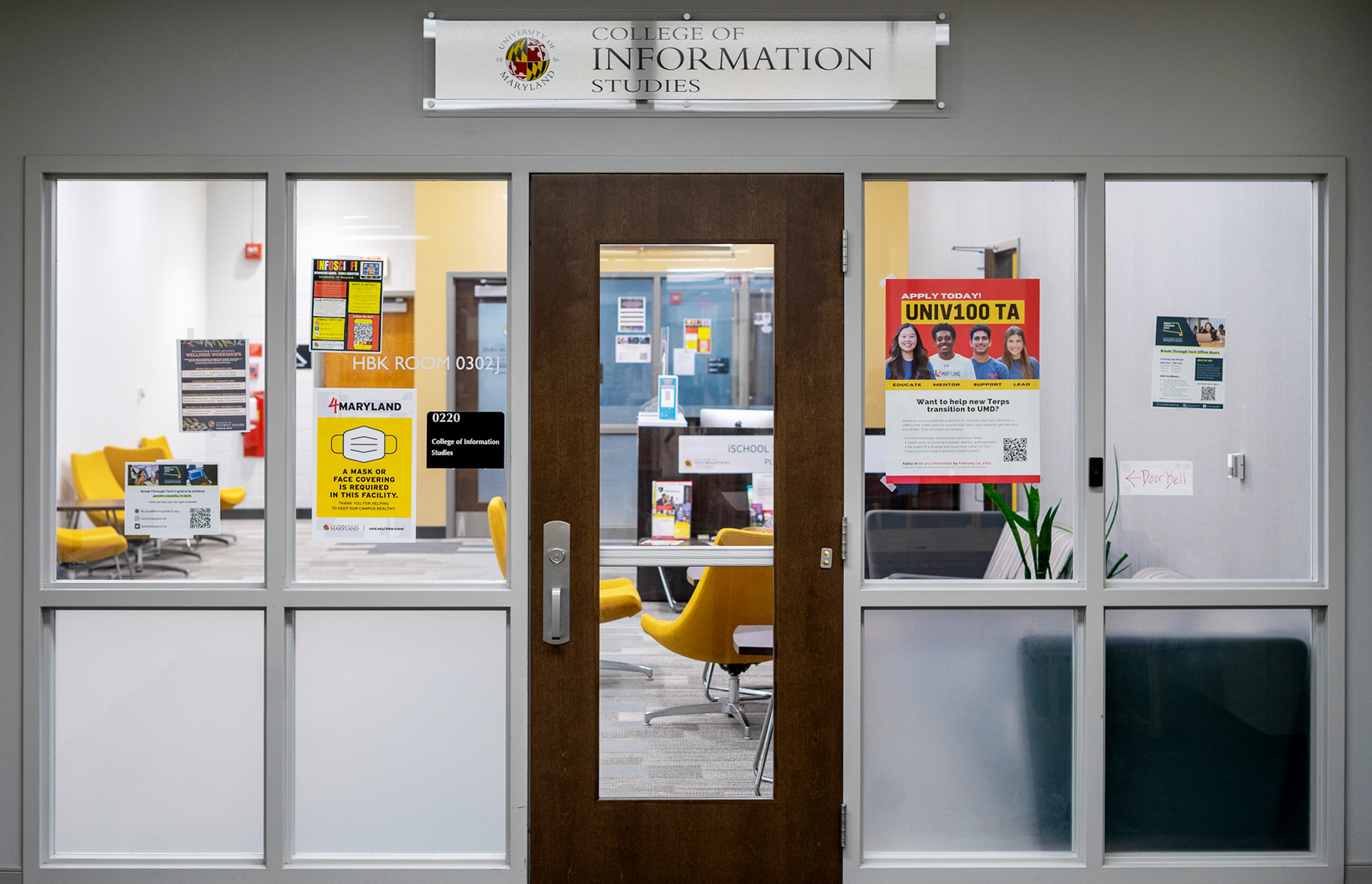Faculty and researchers at the University of Maryland’s information studies college and Trace Research and Development Center aim to make data science tools accessible to Maryland high school students with funding from the Maryland State Department of Education.
Dr. Niklas Elmqvist, professor in this university’s information studies college and affiliate faculty of the Trace Research and Development Center, as well as his team will be working to develop materials in data science courses and expand opportunities for people with visual disabilities to have equal opportunity in the data science field.
The team received a $2 million contract from the Maryland State Department of Education, which will run through September 2023, according to the Trace Center.
“The elephant in the room in the data visualization field is that we rely on people to have vision. And it’s not something that’s a given, we basically take it for granted,” Elmqvist said.
Data visualizations have become very important in the past few years, especially during the pandemic and the idea of ‘flattening the curve,’ but portraying information through data visualizations can be a barrier for millions of people, Elmqvist said.
However, Elmqvist acknowledged visual impairments are only one of many barriers to data science and visualization.
[UMD’s frequent collaborator, UMBC, receives top research designation]
“It’s one that we’re focusing on at the moment, but obviously, there is much more work to be done in terms of aiding people who have cognitive and motor impairments,” Elmqvist said
Elmqvist and his team will build off research by author and computer science professor emeritus Ben Shneiderman, who worked with a team at this university to create iSonic, a tool allowing users with visual impairments to explore a map through audio signals.
“We think of maps as being highly visual, and the idea of converting a map into a sound map was a real challenge,” Shneiderman said. “I’m proud of the work and proud that it’s had a nice impact.”
For the future, Shneiderman said he looks forward to seeing more work done to make maps and visualizations more accessible to people with visual disabilities.
For example, Google Maps offers some voice interpretation, but could be improved and expanded, he said.
“It seems very clear to me that the role of technology is to empower people and we have to think about those who are most in need, as well as everyone else,” Shneiderman said. “It’s not just because it’s the right thing to do, but actually it makes for better technology for everyone.”
[UMD student creates app to help students find research opportunities]
Tanya Blackwell, a technology educator at Frederick Douglass High School in Upper Marlboro, MD, said she thinks lack of data science and technology accessibility is due to oversight and not allowing all parties affected by technology to have a seat at the table.
In her classes, Blackwell has been able to work with the school to obtain alternate technology such as special screens, for students if they need it. Sometimes, however, the red tape teachers have to go through to obtain those accommodations, along with current supply chain issues, is not time efficient. This sometimes leads to teachers paying for resources out of their own pockets.
“These [accessible technologies] would need to come at a minimal cost,” Blackwell said.
For the technology field in general, Elmqvist said it’s best to create technology with accommodations for users with visual impairments and other disabilities in mind initially, rather than creating the technology without the accommodation and waiting to add them in later, given it can use up more time, money and resources.
“Having the entire set of requirements before you build something will mean that you build a better system, rather than if you have half the picture,” Elmqvist said.



